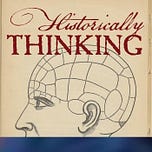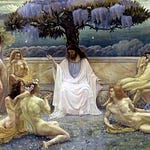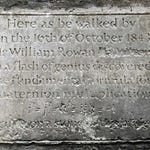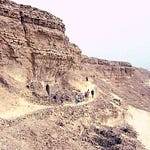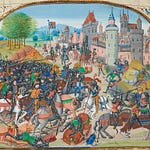Originally published on March 10, 2020 (Episode 150)
Introduction
Giambattista Vico first published his masterwork The New Science in 1725. He revised it twice more before he died. It was intended to be nothing less than a reinterpretation of the history of human civilization, resulting in a new science of history.
Its influence was somewhat less than Vico might have hoped; it took more than a century and a half after its first publication before the book emerged from obscurity. Arguably it was in the late 20th century that Vico’s influence was finally felt, and perhaps at no other time has his work been as widely read as it is now. Yet The New Science is not an easy work to read: obscure allusions, an unusual method, eccentric terminology, all combined with the occasional stunning aphorism or turn of phrase that land on the reader like a hammer.
With me to discuss Giambattista Vico are the two most recent translators of The New Science, an edition published early this year by Yale University Press, Jason Taylor and Robert Miner is Professor of Philosophy at Baylor University. As you’ll hear in our conversation, the picture above is actually very, very important.
About the Guests
Jason Taylor is Associate Professor of Philosophy at Regis College. His research interests include political philosophy, the history of philosophy, and philosophy of history.
Robert Miner is Professor of Philosophy at Baylor University. He has written widely on philosophy, theology, and the history of ideas.
For Further Investigation
Giambattista Vico, The New Science, trans. Jason Taylor and Robert Miner (Yale University Press, 2020)
Isaiah Berlin, Three Critics of the Enlightenment: Vico, Hamann, Herder (Princeton University Press, 2014)
Giuseppe Mazzotta, The New Map of the World: The Poetic Philosophy of Giambattista Vico (Princeton University Press, 2016)
Listen & Discuss
What stands out to you in this episode? Share your thoughts in the comments below — and consider forwarding this post to a friend who would enjoy the conversation.

